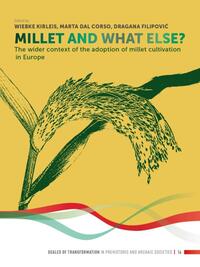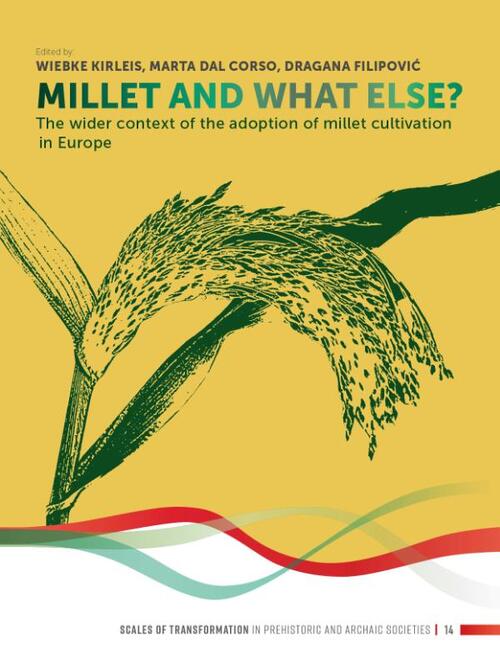45.00
1 - 2 Weken
Broomcorn/common/proso millet (Panicum miliaceum) is a cereal crop that originated in East Asia and was transferred westward to Europe, where it was introduced in the mid-2nd millennium BCE, at the height of the Bronze Age. Archaeobotanists from the Collaborative Research Centre 1266, supported by many colleagues, conducted a large-scale programme of radiocarbon dating of millet grains from prehistoric Europe. They discovered that the spread of this crop on the continent happened quickly, extending far and wide. What do we know about the (pre)history of this crop in Europe? The workshop organised by the CRC 1266 at Kiel University in 2019 encouraged the discussion on the circumstances and consequences of early broomcorn millet cultivation in Europe. This book brings together many of the workshop papers and reflects the diverse topics and research areas covered. The contributions inform us on the range of cultivated and collected plants from the time before and after the start of millet cultivation in Europe; present the cultural setting in which millet arrived; discuss possible reasons driving the acceptance of this innovation; and reconstruct possible uses of millet and the methods of its cultivation, processing and storage. Not just the plant economy, but also the animal economy is represented, since millet was and is grown for both humans and animals. Techniques used to trace millet archaeologically are continually being developed or improved, and this book describes the application of a few of them. This broad-based compilation of papers adds another layer to the dynamic picture of the Bronze Age and the interconnected continent. It also illustrates the complexity of the research on the diffusion of agricultural innovations.

- : Sidestone Press Academics
- : Sidestone Press Academics
- : 9789464270150
- : Engels
- : Paperback
- : 320
- : april 2022
- : 1154
- : 279 x 211 x 22 mm.
- : Scales of Transformation

